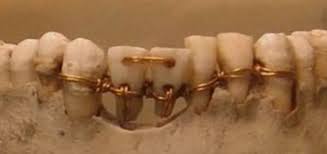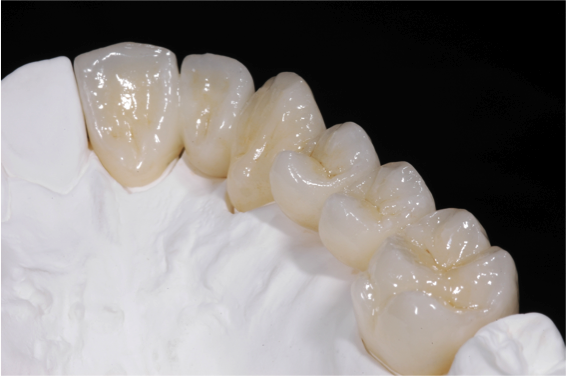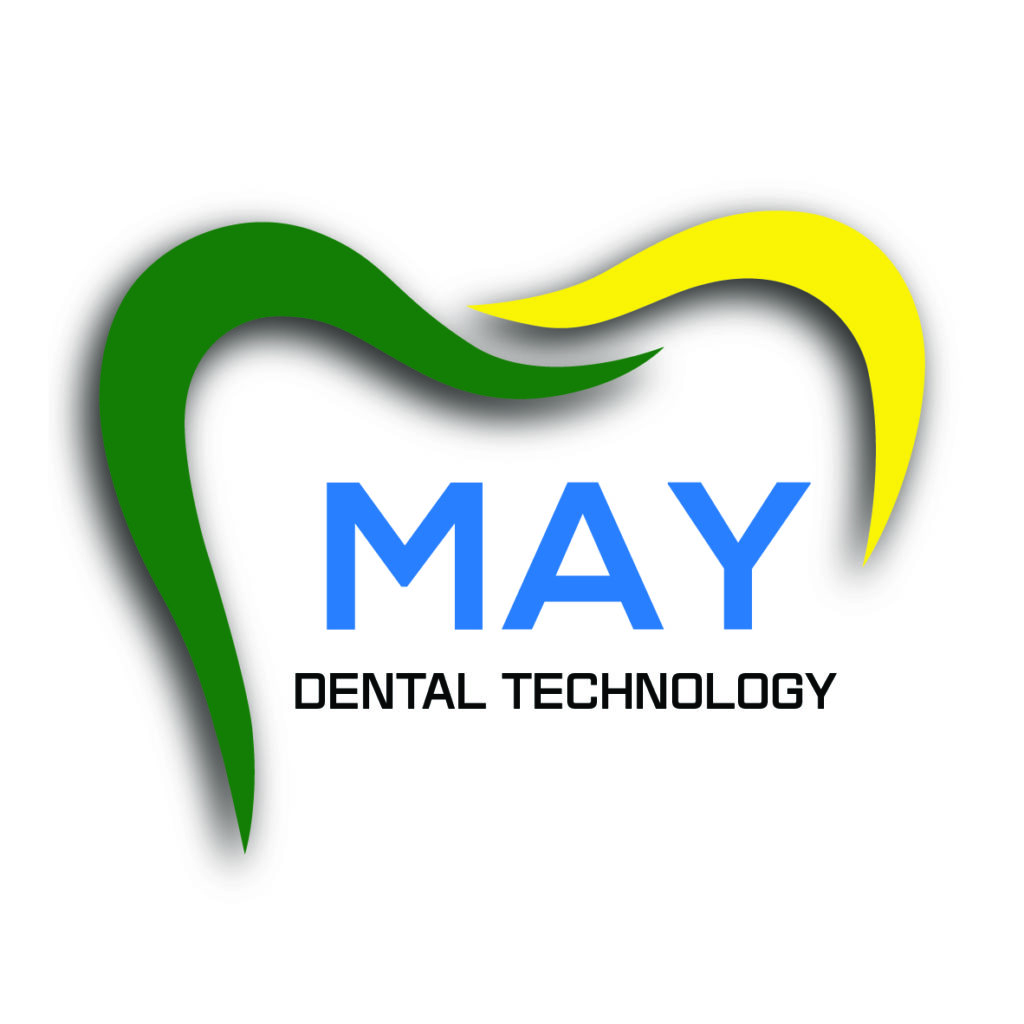The concept of replacing missing teeth or enhancing smiles is surprisingly old. Evidence suggests that even ancient civilizations like the Etruscans (Italy, 700 BCE) attempted dental restorations using materials like animal teeth and carved bone. Fast forward to the 18th century, and we see the dawn of the modern dental lab.
Early Days: Artisanship and Experimentation (1700s – 1800s)
- Pioneering Techniques: French pharmacist Alexis Duchateau and dentist Nicholas de Chemant collaborated to develop a process for creating hard, porcelain dentures in the 1770s.
- Rise of Vulcanite: The invention of vulcanized rubber by Charles Goodyear in 1844 led to the widespread use of vulcanite, a durable material that became the standard for dentures for over a century.
- First Dental Labs: The mid-1800s saw the emergence of the first commercial dental labs, with Sutton & Raynor opening in New York City in 1854. However, dentistry at this time leaned heavily on secretive techniques, with dentists often guarding their methods for crafting restorations.

Breaking Ground: Specialization and Innovation (1800s – 1900s)
- Standardization and Training: Dr. W.H. Stowe, a dentist in Boston, established the first truly successful commercial dental lab in 1887. This shift towards dedicated labs paved the way for training apprentices and the development of a specialized dental technician profession.
- Shifting Ownership: By 1910, the majority of dental labs were owned and operated by technicians, not dentists. This separation allowed technicians to focus on advancements in prosthetic techniques and materials.
- Material Advancements: The introduction of methyl methacrylate materials in the 1940s offered a significant improvement over vulcanite, leading to lighter and more aesthetically pleasing dentures.

The Digital Age: Precision and Efficiency (1900s – Present)
- The Rise of Digital Technology: The latter half of the 20th century saw the introduction of computer-aided design and manufacturing (CAD/CAM) in dentistry. This technology revolutionized the field, allowing for more precise and efficient restorations.
- Digital Impressions: The development of digital scanners in recent decades has largely replaced traditional impression methods. These scanners offer a more comfortable patient experience and generate highly accurate 3D models for restorations.
- The Future of Dental Labs: With ongoing advancements in 3D printing and materials science, dental labs are poised to play an even greater role in creating customized, high-quality dental prosthetics.
